From Teacher to Technologist by Brittany Istenes
Reviews
From Educator to Technologist: A Unique Open Source Journey
Hi there, my name is Brittany Stennis and I'm a manager at Fan Ma's open source program office. Unlike many of my peers in the technology space, I have a rather unconventional journey into the world of open source. I didn't follow the conventional path of securing a computer science degree. Instead, I transformed from an educator into a technologist.
A Non-traditional Route to Technology
A Cleveland native, my early adulthood didn't immediately put me on the path to a tech career. At 18, I followed my love for the Grateful Dead and wandered around the country for two years, discovering myself and exploring life's possibilities. The exploration led me back to education. I initially pursued music at a community college, but couldn't shake off the charm of being around kids and my affinity for people. So, I decided to become a teacher and moved to Philadelphia to study at Temple University.
The Joys and Impact of Teaching
Graduating in 2011, I entered the education sector as a teaching assistant at a Montessori Charter School in Southwest Philadelphia. Within a few weeks, I had been promoted to the school's core teacher, and our collective efforts started yielding impressive results.
We managed to increase the students' proficiency in basic and state standardized tests by 55% and were notably recognized by the president for closing the achievement gap in science by 75%.
Transitioning into Technological Education
During my teaching years, I was drawn towards educational technology and eventually became the head technology trainer. Although I wanted to advance in tech, I hit a plateau - the space seemed to demand a degree in computer science. However, recognizing my knack for managing programs and projects, I decided to take a leap of faith.
Entering the Telecommunications and IT industry
Transitioning out of education, I began working at Comcast with a contracting position, picking up exposure to the telecommunications industry. I later moved to the challenging role of an IT project head at DTLR, a national sneaker store with a strong commitment to community initiatives.
Discovering Open Source
Communities and problem-solving have always fascinated me, which steered me towards the robust and collaborative community of open source software. Even without a strong coding background, I leaped into open source, and found it extremely rewarding and complexly fascinating.
Working at Fanmie Mae and Embracing the Unknown
Today, I serve as one of the lead strategists for the open source program office at Fannie Mae. To think I contemplated a long tenure at Comcast, but was led here by a mentor's recommendation, is quite intriguing. At Fanmie Mae, I am part of the digital culture transformation and aid engineers with their complex problems within the open source community.
Wrapping Up and Looking Forward
My journey from educator to technologist has been filled with successive leaps of faith and non-traditional transitions. My advice? Don't be afraid to jump into the unknown. You don't necessarily need a computer science degree to succeed in tech. Skills from various backgrounds - like teaching - can become valuable assets in the tech world. Like lesson planning in teaching, program planning is strategic, requiring you to work with a diverse group of stakeholders.
I'd like to extend a heartfelt thanks to the Women in Technology Summit for letting me share my story. Please feel free to connect with me on LinkedIn or Twitter, and let's continue the conversation. May my story inspire you to embrace the unexpected turns and leaps in your career journey. Thank you all and until next time!
Video Transcription
So good morning everybody. I am Brittany Stennis. I am a manager at Fan Ma's open source program office. I focus very heavily on community of open source software, inner source upstream contributions and basically just all sorts of concepts of community within the open source space.
So I'm super excited to be here. I am grateful to the Women in Technology Summit for having me. My story is a little different than um you know, others because it's not really a traditional path into the technology space. So it's very interesting. But how I got to this point in managing an open source program office is, you know, I don't have a computer science degree. I don't. And so today we're just gonna chat like briefly about how I became an, from an educator to a technologist. So I was born and raised in the city of Cleveland and when I was 18, you know, I could have went to college right away, but I did it and feel free to laugh if you want to. But I love the grateful Dead. So I took off, I took off for two years and you know, took all my waitress savings traveled the country. Like my mom was super mad at me about it. But, like, honestly, I didn't know what I wanted to do yet. I really did it and I didn't want to necessarily waste time, money, energy, what I didn't know. So I took off for two years and then I came back and wanted to be a musician, you know. So I went to community college and I explored and I, you know, I was like, I can learn how to play mandolin. I'm 20 years old. I never did it before. But I mean, it just, it wasn't the, the greatest, but I tried at least.
And so then I felt like, well, what could I do instead? I was like, you know, I love people. I love being around kids. I think it's just so fantastic. So I decided to become a teacher. I, with the love of traveling, moved to Philadelphia, enrolled in Temple University. Um Luckily I got in because that was fantastic. And then, you know, became an educator. And now it's funny is, you know, I wanted to get away from Cleveland so bad. But now that I'm back, I moved back to Cleveland and I just think it's just really interesting. So, you know, going into the formative career concept. So I graduated in May 2011 and immediately landed a job as a teaching assistant at a Montessori Charter School in Southwest Philadelphia.
Um within a few weeks, you know, I built the rapport that was needed to not only move from an assistant, but I actually became the core teacher. We did amazing things at the school. The Children were fantastic. You know, we have those state standardized tests while these students, we were able to just together, able to advance them um from the below basic level to basic and proficient by 55%. And we were nationally recognized by the president for closing the achievement gap in science by 75%.
And the students did all of that work. But you know, so it was fantastic. But, you know, I realized while at the school, I became the head technology trainer and I felt like there was a bigger purpose there. So I decided to take a leap of faith and I moved into uh educational technology. And then when I was working at educational technology, there's only so far that you could go without that computer science degree. But I realized I was really good at managing programs and running things. So then I took another leap of faith and decided to leave and got a contracting position at Comcast and at Comcast, I kind of learned how telecommunications worked and kind of got the background there.
But the role that I was in was not a great fit. So I decided again, I don't want to do this. So I took another leap of faith and wanted to run an actual it project. And so I became the head of the IT uh project management here at DTLR. So if y'all are familiar with DTLR, it's like a really fancy, like sneaker store and they have sneaker stores all across the country, but they do a lot of great community initiatives. And so like, I was just trying to consistently keep in the community initiative path, which then ended me square into open source and open source software. For those that aren't familiar open source software has a very robust community behind it because you can work with anyone all across the entire world on building solutions to complex problems. And that's kind of what we do in everyday life is building solutions to complex problems.
And it's just very, very, very, very, very interesting. And so, you know, I didn't really know much about open source software, but I decided just I had to try, I worked with some in the past, I did some minor coding, you know, and it's not like that I was that strong at it, but I was able to learn and grow and just really embrace all of my educators that were working with me.
So I, I listened to what everyone had to say. I had wonderful female leadership. I have wonderful mentors. And it's just honestly, lots of things were happen stance, but lots of things took, it was a lot, a lot of hard work. But so really the core is, you know, of this talk today. It would have been nice with the slides, but it's ok. I just like to share the story. It's, it's ok to take the leap of faith and jump off the cliff into the unknown. It's ok to just try because you never know where it's going to get you. I thought I was going to be at Comcast for forever with this open source program office because everyone I worked with were fantastic. But all of a sudden, you know, my mentor passed me this application and said, you know, why don't you try for this role? And so now where I'm at in my current role, I'm working for Fannie Mae. I am one of their lead OS O or open source program office, strategists working on transforming digital culture and digital, digital transformation to elevate the experience of the engineers to co solve complex problems and work within the open source community to give back. And I just find it to be just one of the most interesting, interesting roles um I've ever been in my entire life and it's just because I wasn't nervous to just jump off the cliff into the unknown and try and so with that, that kind of wraps up most of what I was going to cover today.
Um You know, another great thing to kind of think about as well is when you're working in these transitional paths, you don't necessarily have to have that computer science degree to get there many of the skills as being a teacher did carry over from, you know, lesson plans, lesson planning is essentially very similar to program planning, you're planning a huge program.
Um you have to be very strategic in how you work with lots of different stakeholders. And so just like working with principal, working with um you know, students, you're working with vice presidents and you're working with lots of engineers. And so it's, it's, it's all encompassing.
So I was very happy that the skills, albeit not the traditional computer science world, but the skills that I did garner within college was able to carry over. And so with that, um you know, I just want to thank everybody here because this was a shorter session, a 10 minute session and we're at the top of the hour, but I can open it up uh to some questions if you all would like to ask anything in the chat. Ok. Well, I mean, with that being said, I just want to thank everybody, the women in in tech summit. Um I really, you know, I'm super duper grateful and just like so Dora said, she's changing her career now. That's fantastic. And yeah, so please connect with me on linkedin. Um Definitely connect with me on linkedin. I am more than happy to walk through some of the transitions that you can go through. Um Anything else that you need? I'm also on the Twitter, uh you know, at Britney Isis, I will be at Open Source Summit, North America next week. Um So yeah, that if you, if anybody is gonna be at Open Source Summit in North America, please just uh ping me and I would love to meet up and we can get a coffee. That would be great. All right. Well, thank you so much, everyone.
Um I appreciate this and thank you Women in tech. All right. Bye bye.

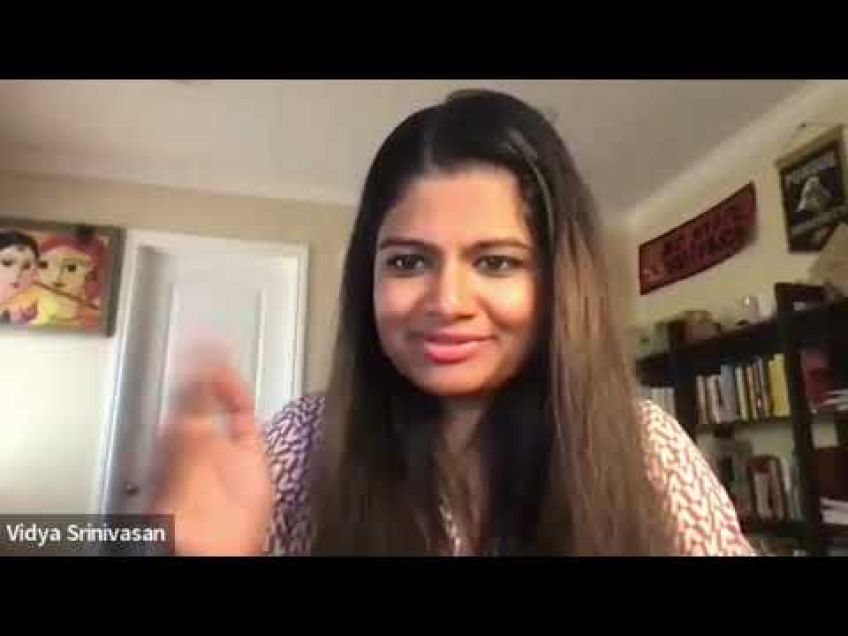
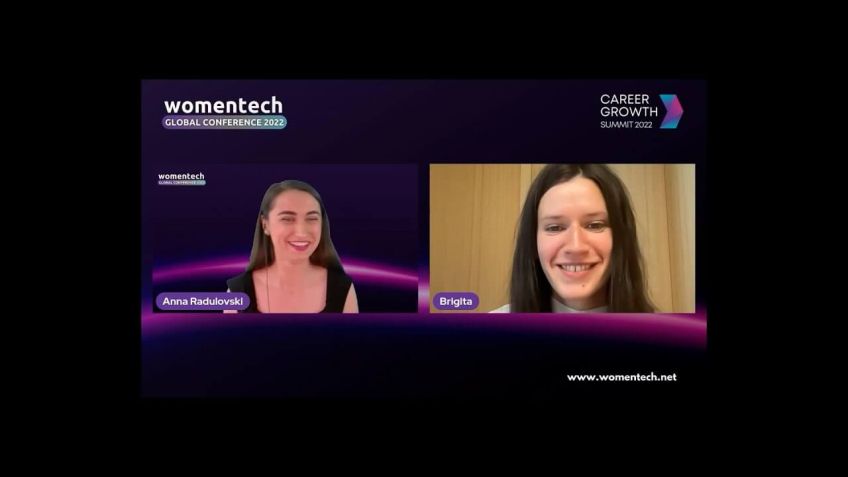
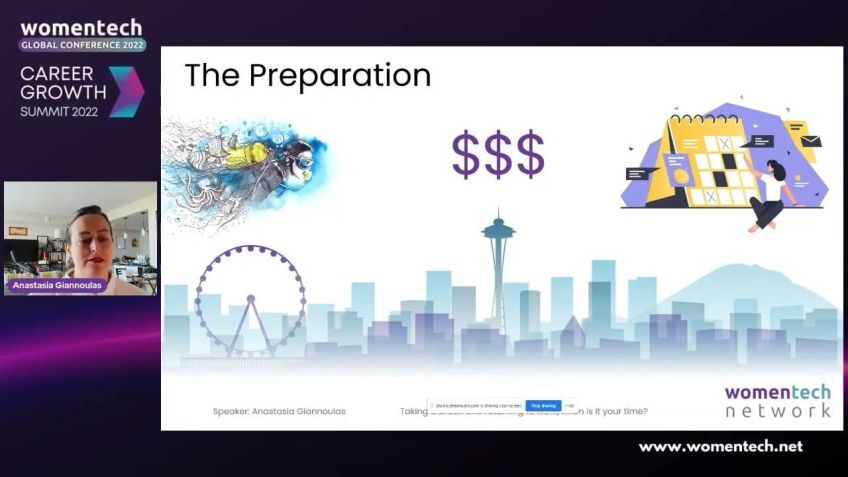
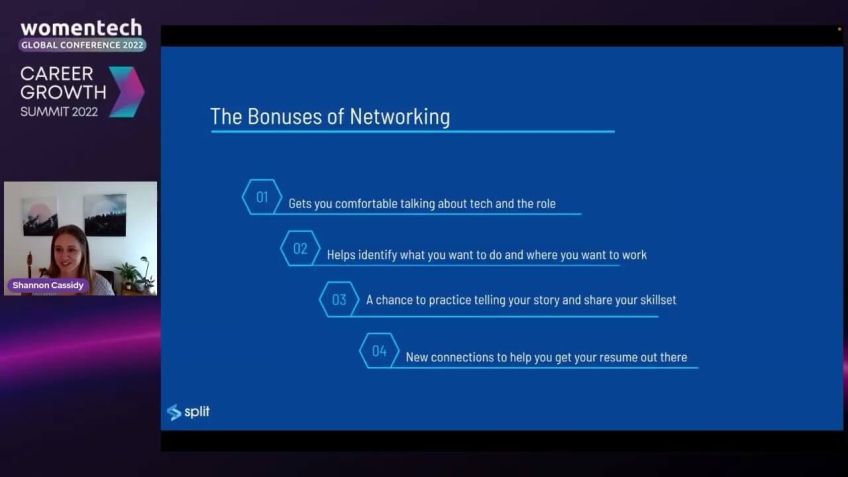
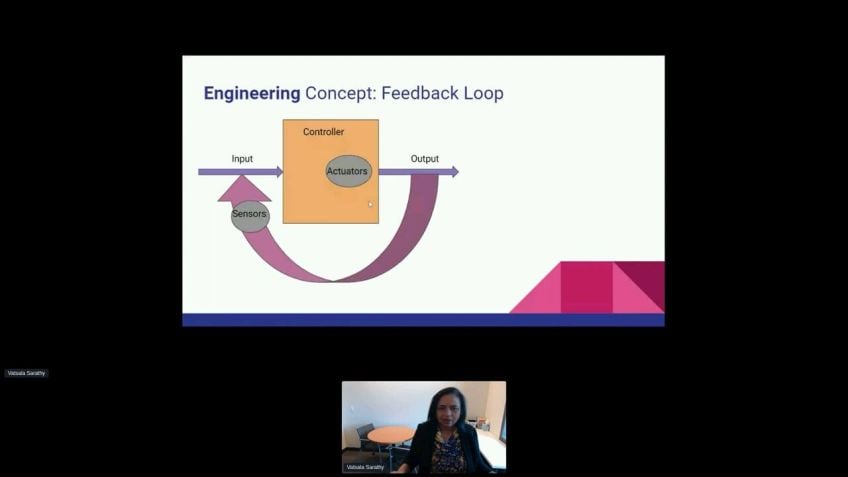
No comments so far – be the first to share your thoughts!